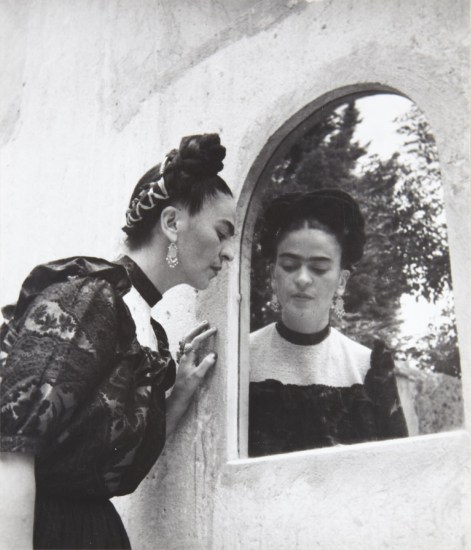WHAT IS DOCUMENTARY PHOTOGRAPHY?
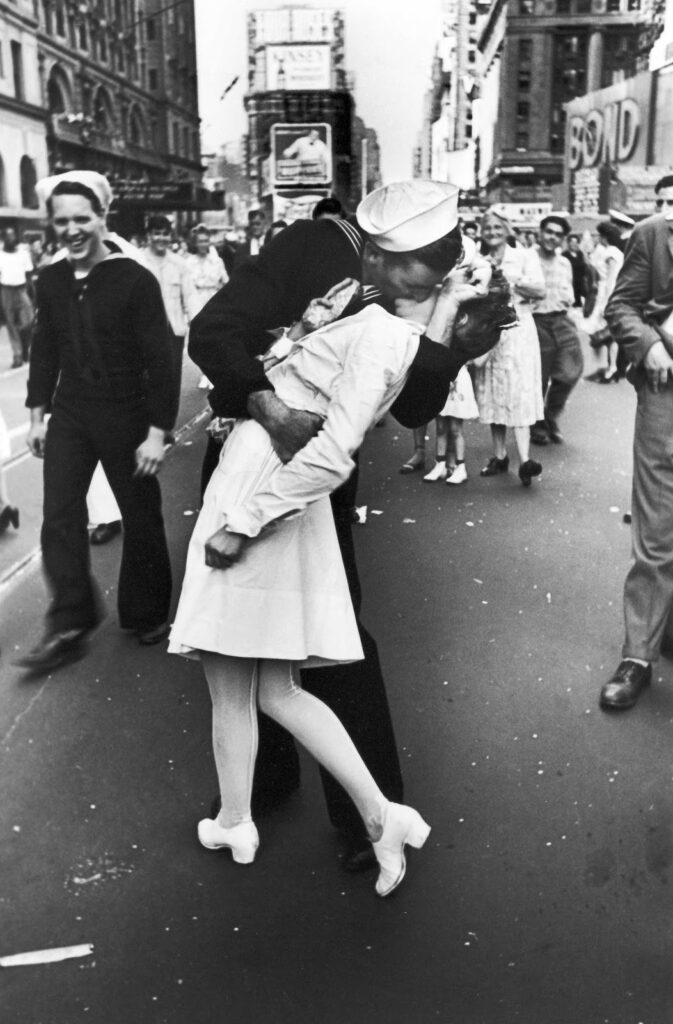
Documentary photography is described “a style of photography that provides a straightforward and accurate representation of people, places, objects and events, and is often used in reportage,” according to the Tate article Documentary Photography. What is documentary photography good for? It can be useful to record and describe places just as a video or text would do. Primarily, documentary photography can be beneficial to bring wisdom of other cultures and historical backgrounds to the viewer and enrich others’ knowledge by sharing what photographers encounter every place they go to. As much as books give us enough information on backgrounds and culture, documentary photography brings it to the viewer visually to embody someone’s presence in the place or to be in the shoes of people transporting our minds automatically to these different locations.
Because documentary photography can bring such views to others in the world, its objective is to serve the same thing that a video documentary would to the viewers. Of course, video recordings are much different than photography as videos are composed of different shootings and angles all at once while photographs are more reserved to one shooting which combines all the elements of a video film in one simple click of a camera. It is stated in the Adobe article Documentary photography: A beginner’s guide that the purpose of documentary photography is to “describe any photos that attempt to record the world as it is. From wide-angle photographs of war to close-up snapshots of people on the street, these images can inform an audience about the hidden corners of contemporary life and even become part of the historical record.” Which means documentary photography does not only capture rich background stories of places and people, but also serves as a memory of important events such as wars or social issues in the world.
This photographic style is believed to have started somewhere in 1852 where “some of the earliest examples of documentary photography can be seen in the work of British photographer Phillip Delamotte, who recorded the disassembly of Crystal Palace,” according to the National Galleries of Scotland article Documentary photography.
Documerica is an important factor of documentary photography as well as it is a “[the newly created Environmental Protection Agency (EPA) announced a] monumental photodocumentary project to record changes in the American environment,” according to the National Archives article DOCUMERICA by C. Jerry Simmons. Documerica, which was created in the 1970s, helped much of the American resources of nature to help gain attention to the environment in the United States where there seemed to be infested with pollution. More specifically, in big American cities.
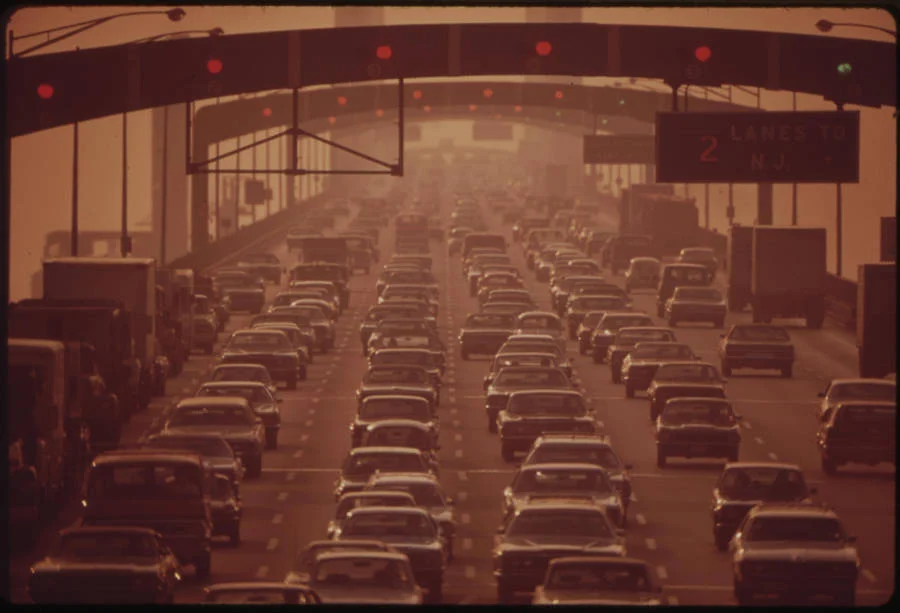
Simmons also states that, “The project takes rightful credit for the United States’ first serious examination of its rapidly decaying natural environment.” This project has in fact been quite beneficial for the country as it depicts how much the environment needs the help of all its citizens to maintain nature safe and intact. Regardless of how many years ago these photographs were taken for Documerica, it should be an eye opener for everyone who sees how much the places photographed have changed through the course of the years, not for the better, but for the worse now that there has been an increase in pollution and damage to the environment over the past 50 years.
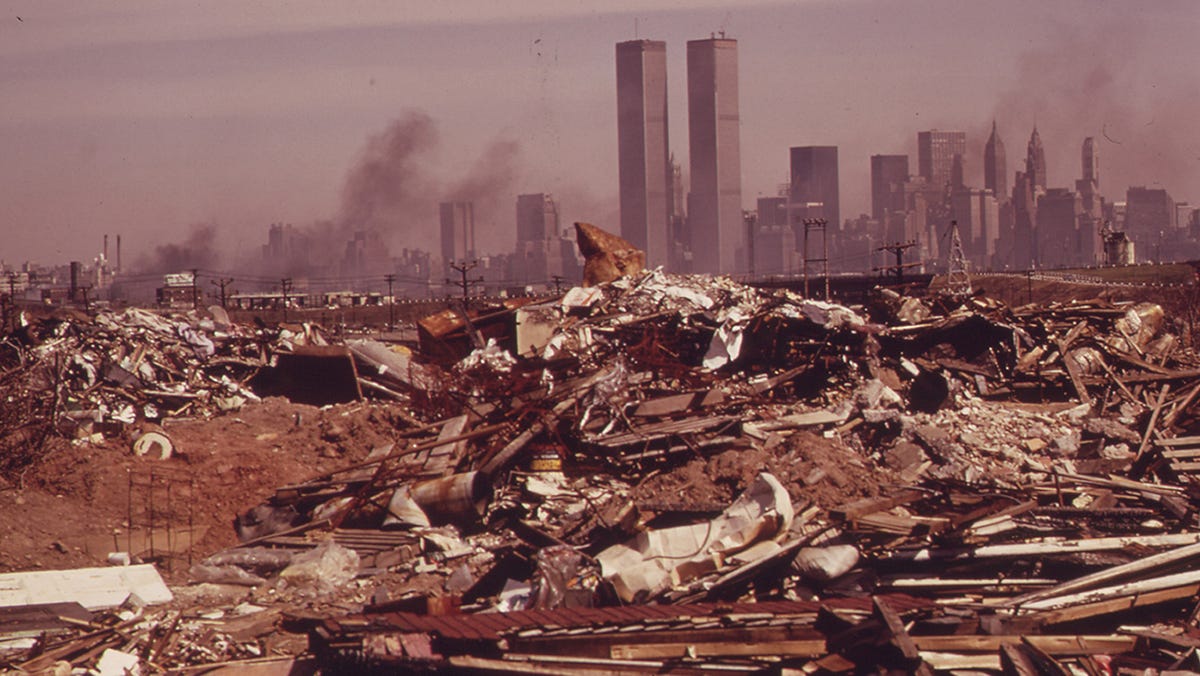
One of the most important documentary projects was the Migrant Mother, Nipomo, California taken by Dorothea Lange. It is mentioned in The Art Story article Documentary Photography that, “This image, one of the most iconic of all documentary photographs, shows a woman in a migrant pea-pickers camp…Reproduced in textbooks, postage stamps, political campaigns, and museum displays, the image has become not only a symbol of the Great Depression, but, as historian Robert Hariman and John Louis Lucaites wrote, “a template for images of want [and a] powerful statements on behalf of democracy’s promise of social and economic justice.”
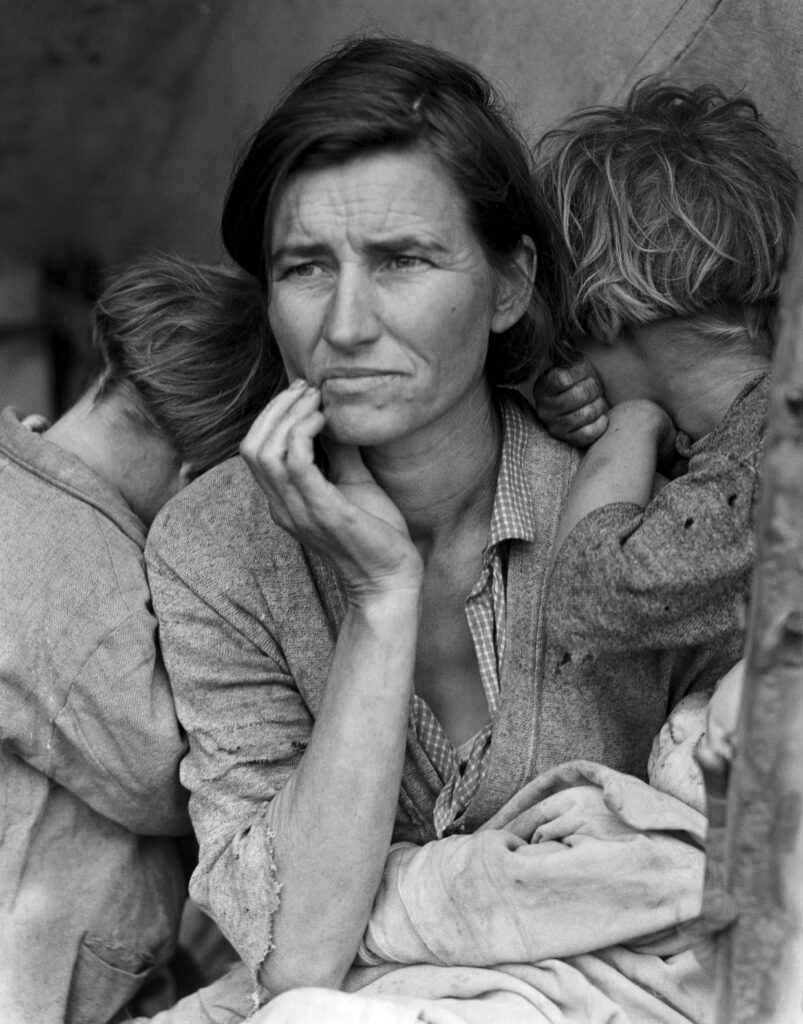
Dorothea Lange was not the only influential photographer, there was another photographer who is said to have made a change in the media industry with his photographs during the early 1900s. Lewis Hine “published Child Labor in the Carolinas and Day Laborers Before Their Time, the first of his many photo stories documenting child labor,” according to Britannica. When these pictures were revealed to the citizens of the United States, everyone was moved and concerned about these children being exploited in work to earn a couple of cents. Because there was little coverage on this issue, Hine was able to bring this to the attention of many people which eventually served to stop child labor and exploitation. It is also mentioned in the International Photography Hall of Fame and Museum article Lewis Hine that, “The impact of these photographs on social reform was immediate and profound. They also inspired the concept of art photography, not because of the subject matter, but because the images showed a stark truth that dramatically different from an emerging artistic character.”
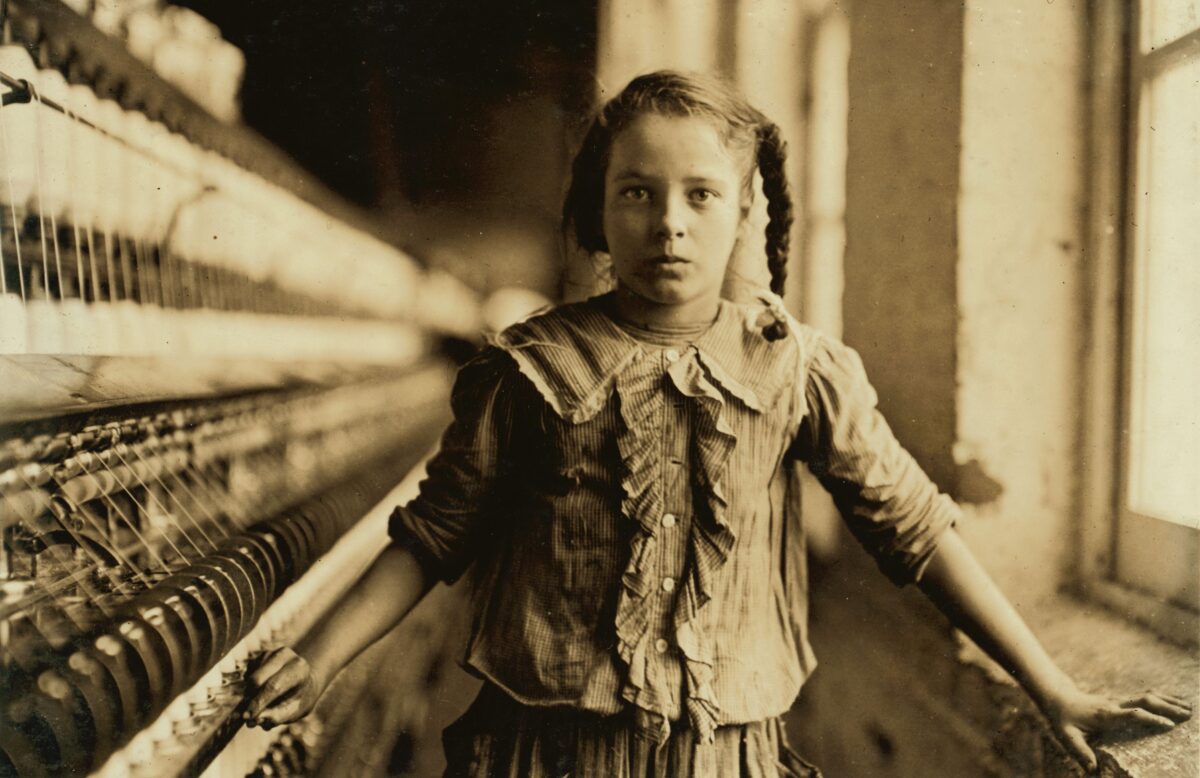
An important documentary photographer in the 1950s is Mexican photographer Lola Alvarez Bravo. Lola was “the first Mexican female photographer and a key figure in the post-revolution Mexican renaissance,” as mentioned in the Museum of Modern Art. This photographer holds many important and interesting photographs in her gallery which contain much of Mexican culture and its people, especially the famous painter, Frida Kahlo.

Part of documentary photography is to enhance and show others what a location and its people are like as well as their culture and what surrounds it. The people included in her collection represent perfectly what Mexican people are like with their soft-hearted gazes and amiable approaches, Lola can deliver these emotions and characteristics to anyone who stumbles upon her photographs.
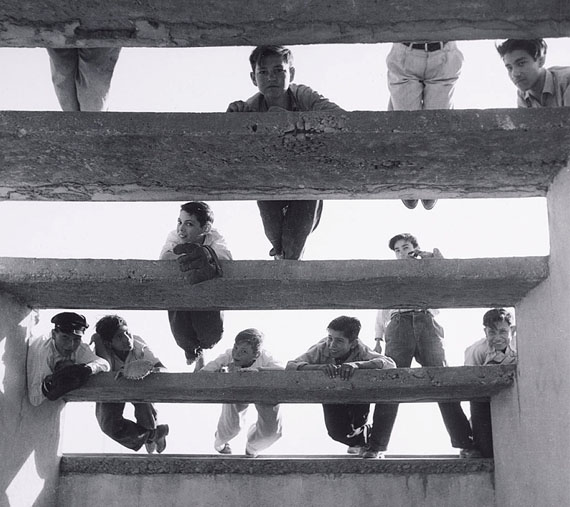
Not only that but Kahlo is one of the most influential persons in Mexican culture which also allows viewers to feel that connection with Mexican people and its culture. According to the article 9 Famous Mexican Photographers and their Best Photos by Luis F. Dominguez states, “An artist and a feminist, Lola’s work portrays the people and places of a Mexico that in her own words “no longer exists’”. As society changes, people also change, however, the recorded material always provides the rich material of Mexico regardless of how much people and the location has changed.
